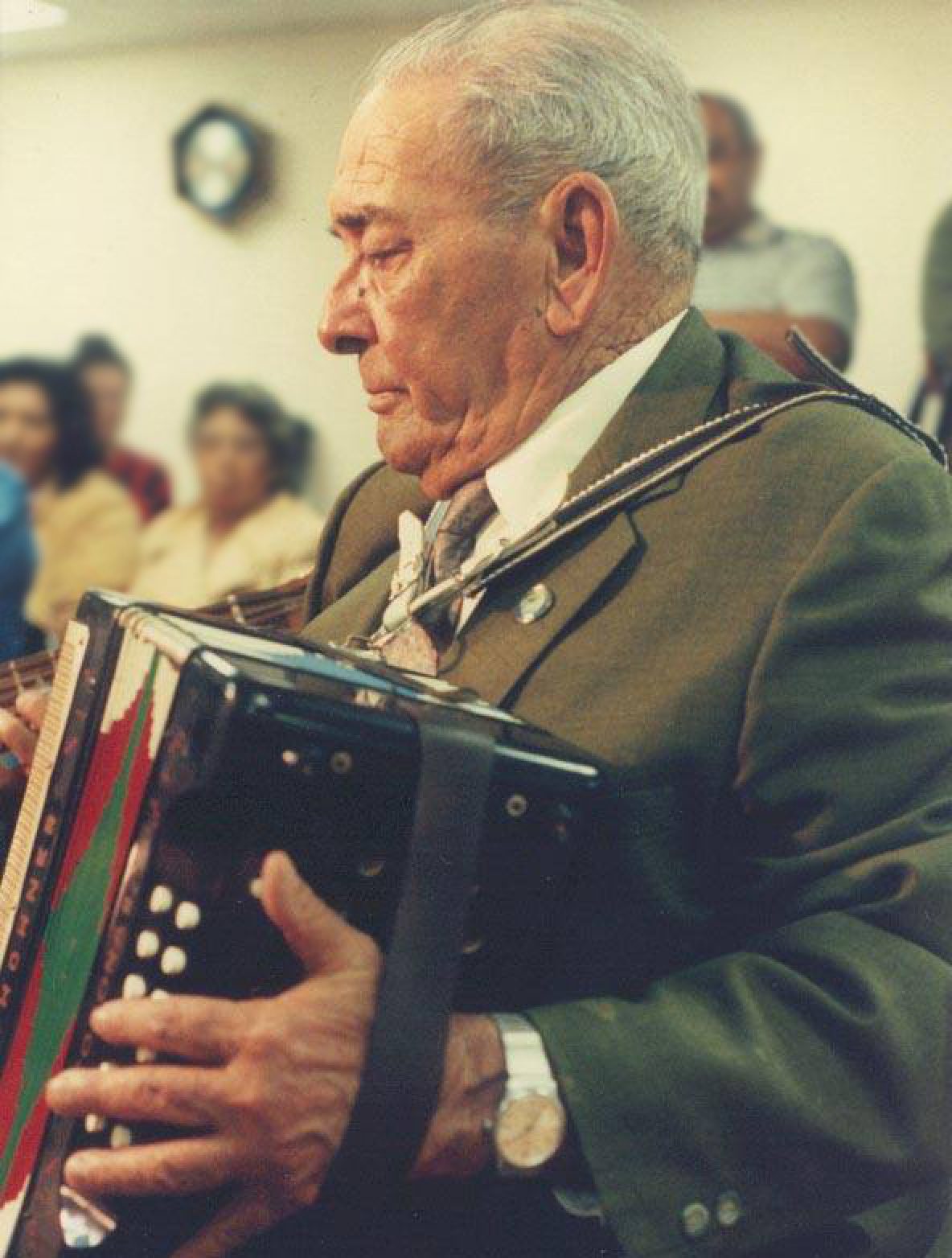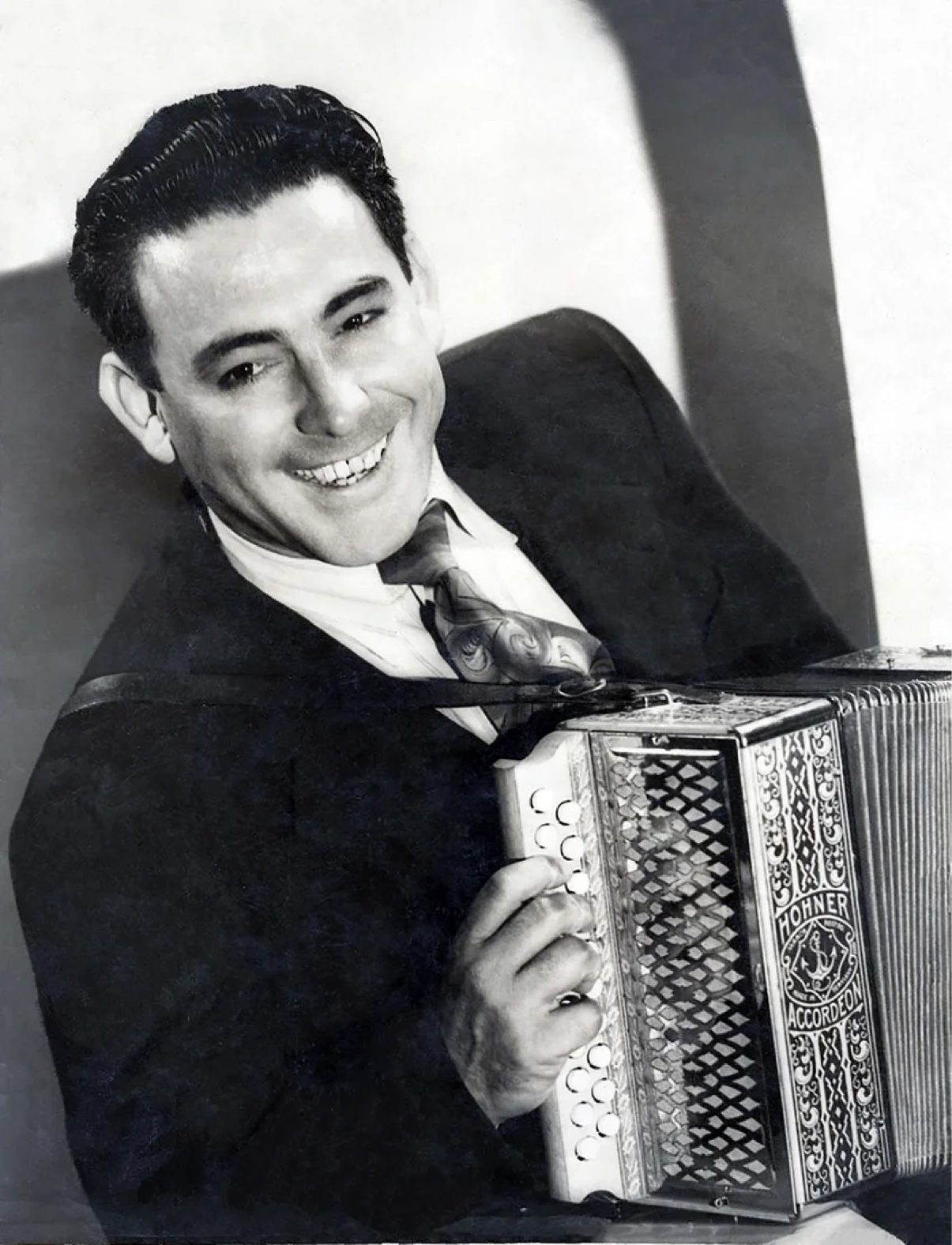
The Narcisco Martinez Cultural Arts Center is an organization dedicated to the preservation, promotion and development of the rich, cultural heritage of the Mexican American community in the visual arts, music, theater, dance and literary works.
The Center, as it is known and referred to by many, opened its doors on Tuesday, October 29, 1991 with a performance by Narciso Martinez on his 80th birthday; he played to a standing room crowd. The Narciso Martinez Cultural Arts Center was named in his honor as the result of his philosophy of being a proud man of Mexican ancestry and working class origins; a man of the people who over the years gave of himself and his musical talents so that others could enjoy his contributions; a man who was willing to share his rich musical and Texas-Mexican border experience.


Narciso Martinez was born in 1911 in Reynosa, Tamaulipas, Mexico, but lived most of his life near San Benito, Texas. He was the first successful conjunto artist to record hundreds of recordings. In 1935 Narciso on the accordion, teamed with bajo sexto player Santiago Almeida, they formed what would become one of the most successful accordion and bajo sexto duos of all time. In 1935 Narciso and Santiago recorded some of the most famous conjunto songs in the history of conjunto music, the polka “La Chicharronera” and the schottische “El Tronoconal” on the Blue Record label. The results of these two recordings were outstanding, thus making Narciso Martinez one of the most prolific and well known conjunto musicians after 1935. The epithet “El Huracán del Valle” was given to him in recognition of the great storm his music created.
Narciso Martinez led the evolution of a new style of accordion driven music, until his death at the age of 80 in 1992. He represents a major historical presence not only in the Rio Grande Valley, but all over the country. Narciso recorded through 1992 before falling ill, and performed at various events both locally and state-wide. In 1983 he received the National Heritage Award from the National Endowment of the Humanities in Washington, D.C.
Narciso Martinez Cultural Arts Center
P. O. Box 471, San Benito, Texas 78586
(956) 367-0335
Copyright © 2024 • Website Design by MPC Studios, Inc